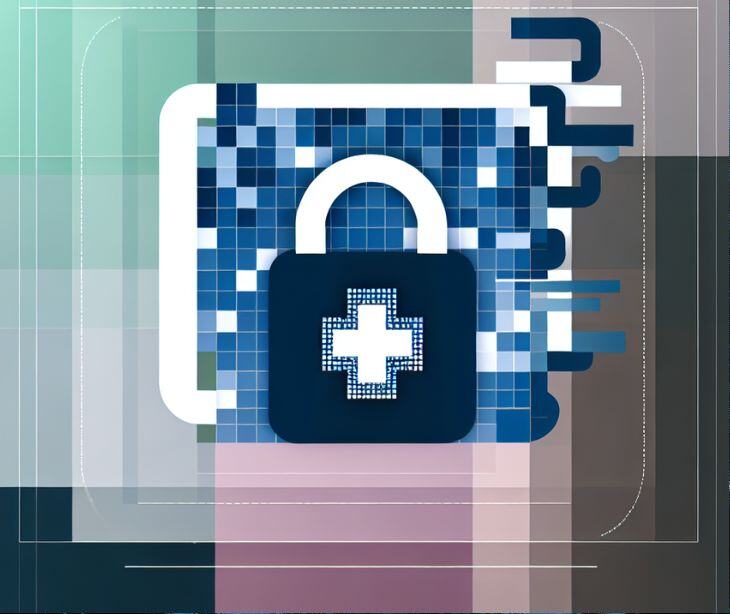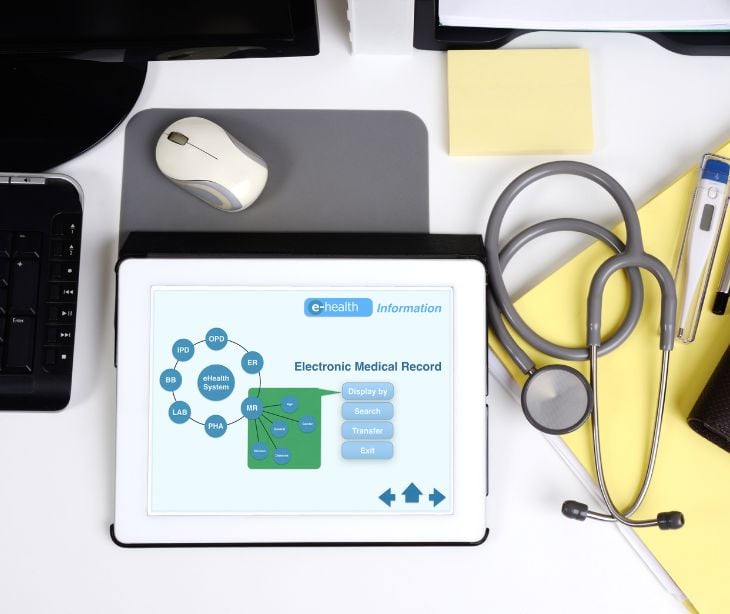3 min read
The role of Health Information Organizations (HIOs) in PHI amendments
Kirsten Peremore
May 29, 2024

Health Information Organizations (HIOs) act as intermediaries that securely share electronic health data among healthcare providers, ensuring that patient information is accurate and accessible when needed for treatment, payment, and healthcare operations.
What are HIOs?
A recent guide offers the following definition for HIOs, “A Health Information Organization (HIO) is a group of healthcare facilities established to help patients and their authorized healthcare providers, treating the same patient, share—or exchange—relevant healthcare information.”
HIOs enable the electronic exchange of health information among healthcare providers, insurance companies, and public health agencies. Their main goal is to improve healthcare quality, safety, and efficiency by making health information easily accessible when needed. This access helps healthcare providers coordinate care better, avoid repeating tests, and improve overall patient outcomes.
HIOs connect different healthcare systems, such as hospitals, clinics, pharmacies, and labs, allowing them to share patient information smoothly. This connectivity helps create a more integrated and efficient healthcare system. For example, when a patient visits a new doctor, the doctor can quickly access the patient's medical history, current medications, and past test results, leading to better-informed decisions and faster treatment.
See also: What is a health information organization?
The role of HIO’s in handling PHI
Acting as trusted intermediaries, HIOs serve to streamline the exchange of PHI while adhering to the stringent guidelines of the HIPAA Privacy Rule. They aggregate, integrate, and centralize PHI from various sources, promoting interoperability across diverse healthcare systems.
HIOs also prioritize data encryption during transmission and maintain meticulous audit logs for monitoring PHI access. They also assist in establishing and enforcing privacy policies, managing patient consent preferences, and swiftly responding to security incidents or breaches.
See also: What are health information exchanges?
Circumstances where PHI amendments are dealt with through HIOs
- Data accuracy and integrity: HIOs serve as intermediaries for the exchange of electronic health information among covered entities. In cases where a covered entity identifies inaccuracies or errors in the PHI shared through the HIO, they can work with the HIO to amend and update the information to ensure its accuracy.
- Patient consent and preferences: HIOs often manage patient consent and preferences for data sharing. If a patient requests amendments or updates to their PHI, such as corrections to personal information or changes in consent preferences, the HIO can facilitate these changes across multiple participating covered entities.
- Correction requests: If a healthcare provider identifies erroneous information within the PHI received from another provider via the HIO, they can request corrections or updates through the HIO. The HIO can then coordinate the correction process, ensuring that the updated information is distributed to relevant parties.
- Security incident responses: In cases where a security breach or unauthorized access to PHI occurs within the HIO's network, affected covered entities may need to amend or rectify any potential damage or unauthorized changes to PHI. The HIO can assist in identifying and addressing these issues.
How does HIO deal with PHI amendments
Identification of amendment need
Amendments often originate from covered entities, such as healthcare providers or health plans, which identify inaccuracies, errors, or the need for updates in PHI shared through the HIO.
Request initiation
The process typically begins with a covered entity initiating a request for an amendment. This request can pertain to correcting inaccuracies, updating patient demographics, or reflecting changes in patient preferences for data sharing.
Request submission to the HIO
The covered entity submits the request for a PHI amendment to the HIO, which acts as the central point for managing electronic health information exchange.
Verification and validation
The HIO verifies the legitimacy of the request, ensuring that it aligns with HIPAA Privacy Rule requirements and the HIO's policies and procedures. The HIO may also validate the request against audit logs and monitoring data to confirm the necessity of the amendment.
Coordination with relevant parties
The HIO coordinates with the covered entity that initiated the request and identifies other participating covered entities that may have received or shared the same erroneous or outdated PHI. Collaboration between the HIO and relevant covered entities is required to ensure that all parties have access to accurate and updated information.
Amendment process
- The HIO initiates the amendment process, which may involve rectifying the inaccurate or outdated information within the electronic health records stored within its infrastructure.
- Amendments can range from correcting clinical data, such as diagnosis codes or test results, to updating demographic information, such as patient addresses or contact details.
- The HIO ensures that the amended PHI aligns with the patient's request or the identified inaccuracies.
Distribution of amended information
- After amending the PHI, the HIO distributes the corrected or updated information to all relevant covered entities and participants within its network.
- This step is necessary to ensure that all healthcare providers, health plans, or entities involved have access to the most accurate and current patient data.
See also: HIPAA Compliant Email: The Definitive Guide
FAQs
What is the difference between an HIO and an Electronic Health Record (EHR) system?
An HIO facilitates the exchange of health information between different EHR systems used by various healthcare providers, whereas an EHR system is used by a single provider to maintain patient records.
Can patients access their own PHI through an HIO?
Access policies vary, but some HIOs offer patient portals where individuals can view their health information.
What types of health information can be shared through an HIO?
HIOs can share a wide range of health information, including medical histories, test results, medication lists, and treatment plans.
Subscribe to Paubox Weekly
Every Friday we'll bring you the most important news from Paubox. Our aim is to make you smarter, faster.



